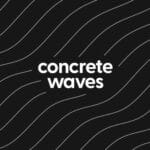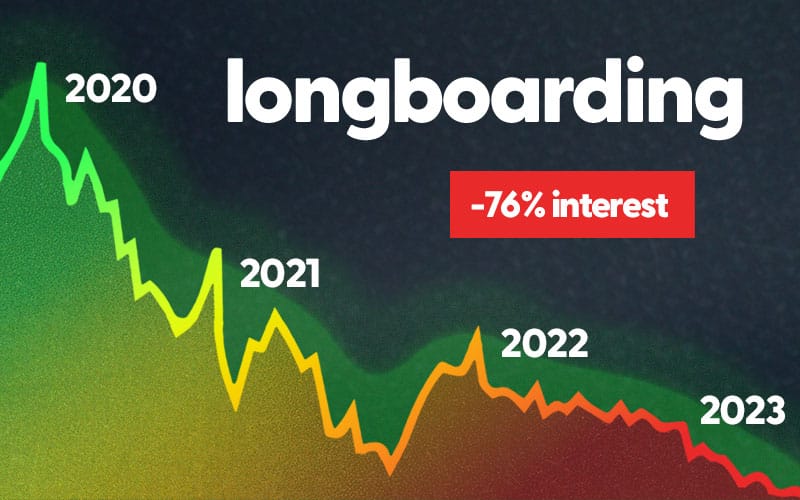These old skateboard brands were instrumental in taking the industry to new heights. Their contributions cannot be overstated. They influenced an entire generation to pick up a skateboard.
Let’s take a trip down memory lane and discover the roots.
1. Makaha Skateboards
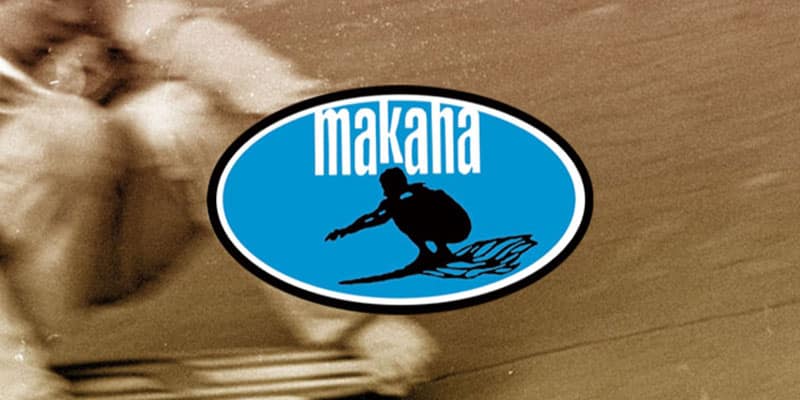
In 1963, Larry Stevenson created Makaha Skateboards. The name came from the Makaha Surfing Championships. Production started in June 1963 in Santa Monica, California. The wholesale cost was $7.77, and the retail was $12.95. If only skateboards were still that price.
The company experimented with various materials to improve skateboarding, including plywood, foam, and even nylon wheels.
In the fall of 1963, Makaha sponsored the first skateboard contest. They were the first company to sponsor a skateboard team. Riders like Squeak Blank, Danny Bearer, Woody Woodward, Terry Spencer, Steve Tanner, and John Freis would travel to various places and give exhibitions.
Larry’s hard work paid off: as the boom progressed, Makaha saw their orders grow to over 10,000 boards per day. From mid-1963 until the end of 1965, Makaha sold $4,000,000 worth of boards.

2. Gordon & Smith
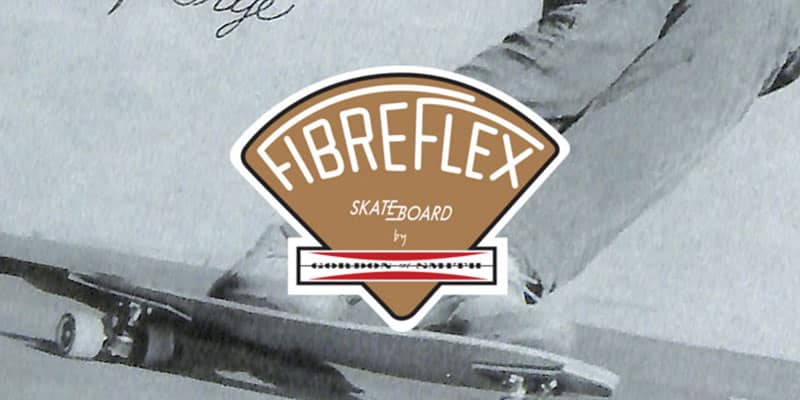
While surfing together, Larry Gordon and Floyd Smith forged a close friendship in the mid-1950s. In 1962, Larry left school and went into manufacturing surfboards full-time. The company was known as Gordon & Smith Surfboards and quickly became a preeminent surf brand.
In 1964, Gordon & Smith introduced the fiberflex skateboard, which was truly ahead of its time.
It was the first laminated skateboard and had a material called Bo-Tuff, a fiberglass-reinforced epoxy used to make bows in the archery industry.
Combining Bo-Tuff with maple wood made for an incredibly responsive ride that exploded when the urethane wheel was adopted.
3. Hobie
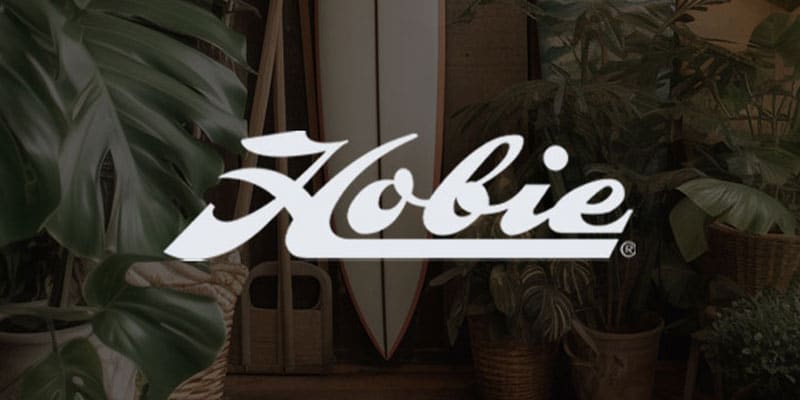
Hobart “Hobie” Alter founded the Hobie skateboards, but his background was actually in surfing.
In 1962, Hobie teamed up with Mark Richards of the Val Surf shop. They wanted to improve the current crop of skateboards on the market – mostly glorified roller skates attached to a wood plank.
In 1964, Hobie teamed up with the Vita-Pakt juice company to create Hobie Skateboards.
Their team dominated the competitions of the time in all genres of skateboarding – freestyle, downhill, vert, and slalom. Recently, we built a modern version of the Hobie sidewalk surfer.
4. Bennett Trucks
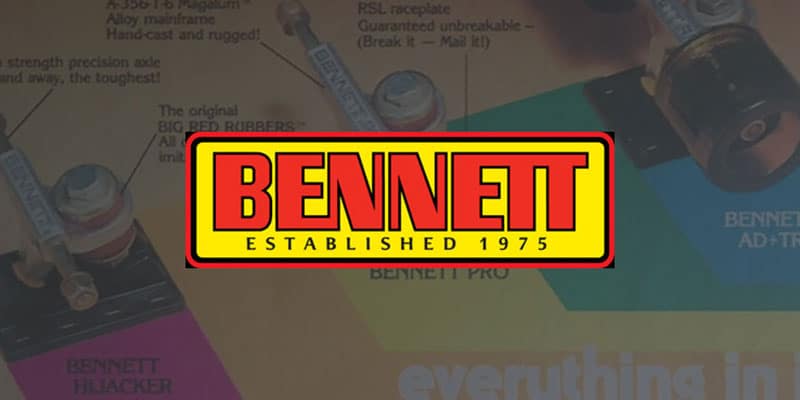
Ronald Bennett was an architect-engineer from Orange County who set out to redesign the skateboard truck and make it more functional.
“To get the truck to turn, it had to be loosened up so much that it got speed wobbles,” Ron stated in a 1977 interview with SkateBoarder Magazine.
In 1975, Bennett introduced the Bennett Hijacker. It was indeed different from the other trucks on the market. The kingpin was placed well below the axle, meaning that skaters would not have to worry about the kingpin dragging on the ground.
The area where Bennett’s trucks seemed to have a problem was the baseplates – they tended to break. Fortunately, the baseplates came with a guarantee – you could mail them back to Mr. Bennett, and he would replace them for free.
5. Tracker
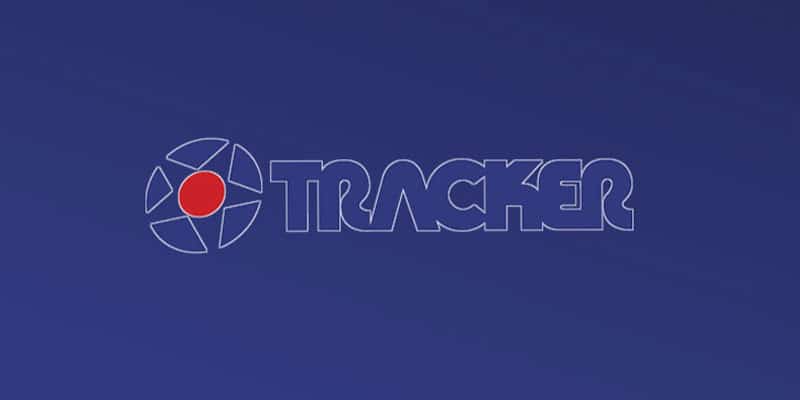
In 1973 Larry Balma was a commercial fisherman in San Diego County patching lobster traps. He was also a marine engineer.
One day, his friends came by his house and shouted, “come on, we’re going skateboarding!”
Larry scoffed and said, “Skateboarding? What are you talking about? I haven’t skateboarded in years.”
The friends had picked up some Cadillac wheels – new urethane wheels that offered a very different ride to clay. Larry decided to join them on their journey to La Costa – a freshly paved subdivision where skaters had been tearing things up since 1974.
As Larry recalls, the new wheels were awesome but the grossly under-performing trucks begged him to tinker with some new designs. This is where his background in engineering and design kicked in. He got together with a group of skaters from La Costa and formed a design company to develop and market innovative skateboards.
6. Gullwing
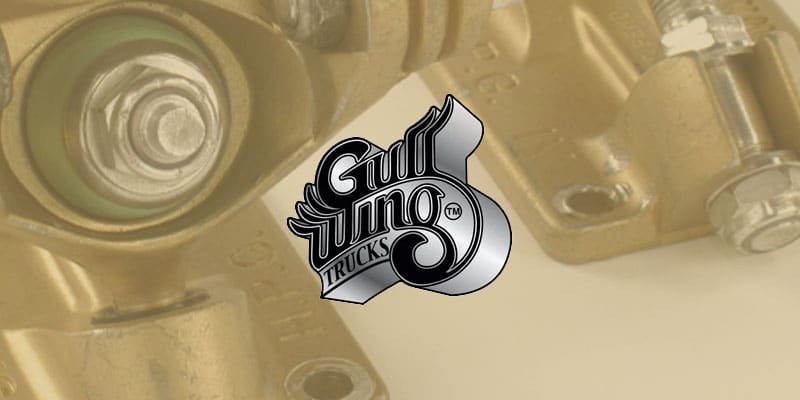
Skater Mike Williams had already made a name for himself in both downhill and slalom before he approached a manufacturing company about an idea he had for a new truck design.
He had been searching for a better-designed axle and would spend his free time thinking of ways to improve the skateboard truck.
By the fall of 1975, he had determined what he wanted and went to see a San Diego aerospace tooling company called HPG IV.
With the help of designers Bill Brawner and Walt Tiedge, Mike Williams significantly transformed the look of the traditional skateboard truck. Gullwing’s “split axle” truck was truly revolutionary. Not only could you adjust the tension of the truck, but you could also adjust the turning radius.
7. Powell Peralta

Powell Peralta was founded in 1978 by Stacy Peralta and George Powell. The company started as a division of the Powell Corporation, established in 1976 by George.
Initially, the Powell Corporation focused on making skateboard wheels (Bones) and Quicksilver/Quicktail aluminum/wood decks. However, in 1978, George Powell expanded the company’s product line to include skateboards.
Around the same time, Stacy Peralta, a professional skateboarder and a friend of George Powell, was looking to start his own skateboard company. Peralta had already achieved significant success in the skateboarding world as a member of the legendary Z-Boys skateboard team, and he wanted to use his expertise to create a company that would push the limits of what was possible on a skateboard.
8. Logan Earth Ski
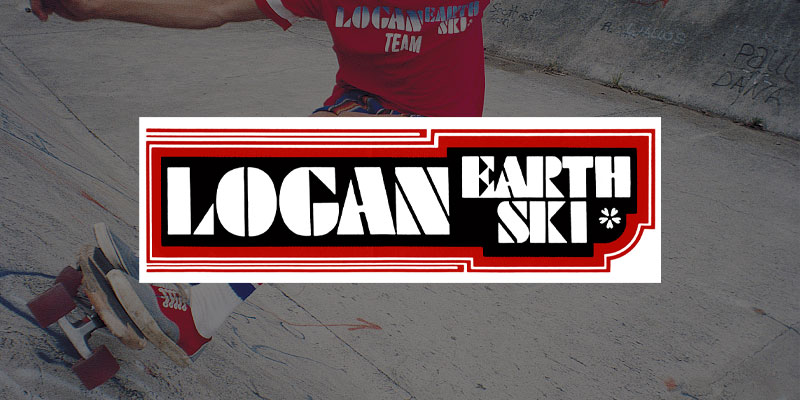
Known as the first family of skateboarding, the Logan’s were composed of Brian, Bruce, Brad and Robin. The oldest members started skating in 1959. Over the next few years, the entire clan (including their mother Barbara) started skateboarding.
Bruce Logan was a huge champion in the 1960s and the mid-70s. He was famous for his nose wheelies and could perform them at top speed, bombing down the hills of La Costa in San Diego county.
As skateboarding’s popularity grew, the Logan Earth Ski company was founded in 1975 in the family’s backyard. They made every board by hand.
The company grew so fast that it had to hire two outside woodworking shops to make oak boards. From there, the company branched out and added two more companies that made laminated and exotic solid wood boards.
In 1980 Logan Earth Ski closed its business along with many other skateboarding companies. Many of their old boards are highly sought-after collectibles.
